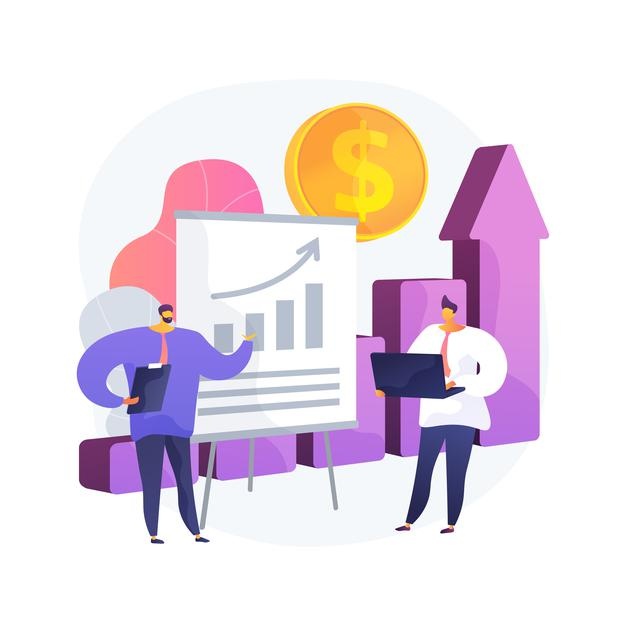What do customers and shoppers expect from your retail store? First, they want to find what they need when they visit your store. However, there are still many options. Second, they want to purchase their item quickly and pay it off as soon as possible so they can get on with their lives. They are looking for speed, efficiency, and resourcefulness. Retailers must make investments in technology that will improve customer satisfaction and simplify business processes.
These are just a few ways technology can help you improve your retail business.
- Lower inventory costs
A basic tool in retailing software management is an inventory control system. Let’s see what merchandise is in stock, on order, and how many you have sold.
These systems are set up to automatically update your database whenever products move or sell from one place to another, from a warehouse to an actual store. These systems also offer instantaneous data analysis tools that will help you keep track of your business.
You can view every aspect of the performance of your store online. For example, you can search for products by price, margin, cost, price, first or final date sold, date received, or UPCs. In addition, you can quickly create hundreds of new categories that include subcategories for style, size and colour.
- Increase customer satisfaction
Customers expect you to be available to inform them when a product is in stock and when it will be on order. In addition, customers don’t like to wait in line while you walk through the store or call the warehouse. An electronic ecommerce inventory management software system makes it easy to answer customer queries with just a few keystrokes. In addition, if you have multiple locations, you can check inventory at different stores.
- Get Personal
Consumers today want to feel that they are receiving a unique product or experience. Therefore, your customers will feel appreciated and valued if you go above and beyond to customize a product or service to suit their preferences.
Athletic brands, for example, have begun to experiment with 3D-printed clothing on demand. It allows the consumer to design their apparel.
Another example is the increasing involvement of women’s fashion designers in body-scanning technology. It allows for customized sizing. For example, a woman could order a garment just right for her size if she is a standard size eight on top and a size ten on the bottom. No matter what type of business you have, it is important that you think about personalizing your customer service.
- Automate inventory control
Electronic inventory control can reduce over-ordering or under-buying. In addition, it can modify the system to adjust the supply for different seasons. It will also look at sales data from the past to determine when it is time to reorder.
The system can also do “open to purchase” calculations, which tell you how much to spend in particular categories of stores to maximize your return. The system also considers seasonal variations and past sales cycles. The system can also be used to calculate the appropriate order for sales that rise or fall.
- Allow inventory control
It can be lost retail inventory to theft or pricing errors. In addition, the portable terminal is much faster and more accurate than manual counting. Instantly, the system flags discrepancies within recorded inventory levels and verifies pricing. It makes it easier to spot pricing errors and missing merchandise.
- Track your margins
Inventory control systems can help you price and markdown within pre-defined parameters. They also track your margins based upon the prices that you input. Thus, you will always know your gross margins. You can keep track of your margins even with special pricing. For example, you can set different pricing for different locations and certain customers, such as employees or major purchasers. Pre-setting markdowns can be done for sales at the end of the season or other times. The system tracks gross margin and includes the effects of markdowns or preferred pricing.
- Enhance your forecasting
Automated statistical forecasting makes it possible to forecast demand much more accurately and with greater accuracy. All past sales data, forecasts and future orders can be accessed through one single system. In addition, it allows for more accurate forecasts based on all of the information. Every line manager can access forecasting systems via interactive Web-based apps. It allows for chain-wide input if necessary. Forecasts can be adjusted to take into account all aspects. Automated projections are possible and can be used to plan for future scenarios.
- Establish a relationship with your suppliers
Forecasting tools can be used with inventory control, sales systems, and a central database to better tie purchasing to customer demand. It allows you to reduce inventory while maintaining a close relationship with your suppliers.
Bottom-line:
It’s becoming increasingly competitive in brick-and-mortar retail, making it difficult to keep up digitally. Therefore, it is important to maximize every opportunity to promote your retail business. We have provided some strategies to help you and your business thrive in today’s digitally driven world. You can launch promotions and strategies that increase brand awareness, foot traffic and sales with a bit of creativity and planning.










